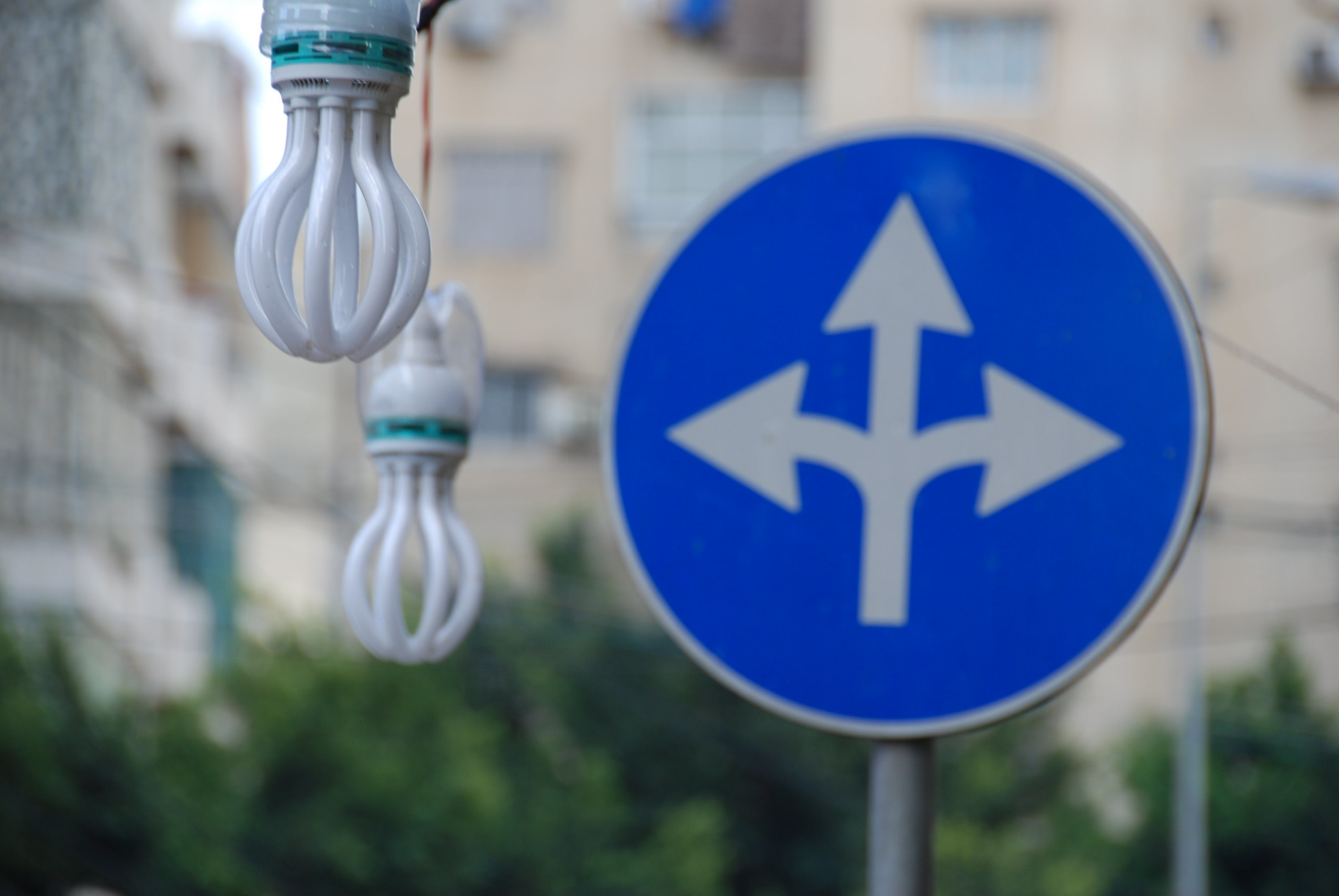Activism as a Non-Tariff Barrier to International Trade?
Patrice has posted an extensvie piece to the nettime-l mailing list that describes a rather bizarre legal dispute between an Indian textile manufacturing company and two Dutch internet service providers (one of them being my own). It comes down to the Indian company arguing that hosting websites that criticize labor conditions in their manufacturing plants constitutes an ‘international criminal conspiracy’:
Now eight Dutch citizens, staff persons and directors of the [ISPs], are indicted and required to appear in person before court in India under a mendacious, but cleverly constructed ‘cascade’ of counts, starting with libel and diffamation, escalating into racism/xenophobia carried on by means of ‘cybercrime’, and culminating in an alleged “international criminal conspiracy”. The latter indictment constitutes an extraditable offense in the sense of international agreements on judicial co-operation between democratic, ‘rule of law’ states. The acting judge in Bangalore now needs only to sign an international arrest warrant for the real risk of deportation and delivery of these eight accused into an Indian remand jail to become effective. Though the Dutch minister of justice still would have the last word […]
Even better, it seems that the Government of India, is backing this rather ridiculous position and has discovered that such activism constitutes a Non-Tariff Trade Barrier:
This slightly out-of-control evolution of what would be in itself a fairly routinous incident in to-day’s globalised, highly competitive economy, might be taken as emblematic for the predicament into which the ongoing trend to lower procurement costs, outsource and delocalise industrial production has landed us. […] India’s minister of commerce, Shri Kamal Nath, has let it known that criticism of the modus operandi of the Indian textile export industry amounts to ‘hidden protectionism’ by parties unhappy with India’s competitive provess and resenting the consequent delocalisation of their own manufacturing base, theoretising a fresh form of NTBtIT (Non Tariff Barrier to International Trade in WTO-GATTese) in the same breath.
The entire text is available at the (slightly old fashioned) nettime-l mailing list archive.

